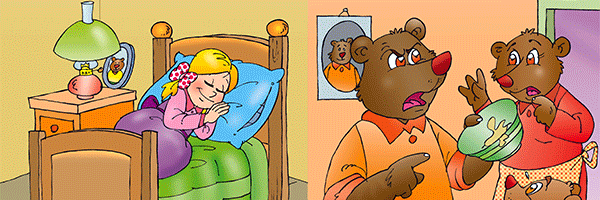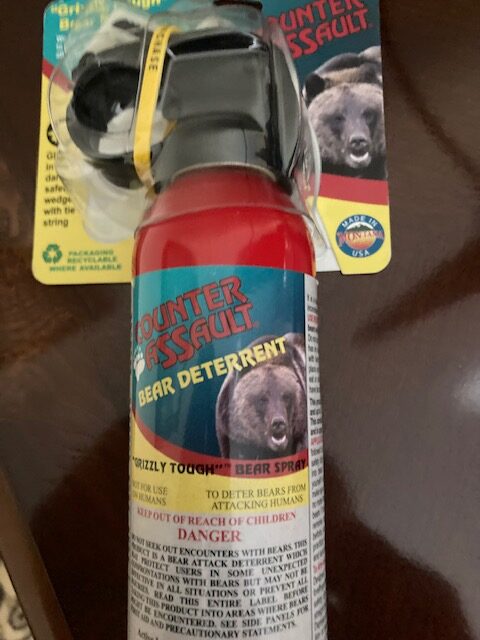
April 27, 2025 | Daily JAM |
Fast-fashion giant Shein Group raised U.S. prices of its health and beauty products by 51% or more. E-commerce shopping platforms like Shein and Temu face a 120% tariff on many of their products due to the U.S. government’s decision to end the “de minimis” exemption for small packages from mainland China and Hong Kong. Exporters in recent years had capitalized on the exemption, which allowed goods valued at under $800 to enter the U.S. without tariffs or customs duties. Washington will also increase the per-postal-item fee on goods entering after May 2 to $100 and even higher after June 1

April 24, 2025 | Daily JAM, Mid Term |
Unilever (UL) and Nestle (NSRGY) both posted better-than-expected sales in the first quarter. Because they were able to push prices higher to counter surging commodity costs.
That’s not good news for consumers or food-price inflation. Both companies said customers will have to take some of the pain as a global trade war and surging commodity prices lift their costs again.

April 14, 2025 | Daily JAM, Special Reports |
Is it time to get in, to snap up bargains, before stock prices recover. To which I say, Not yet. Bear markets, and remember that we’re now in a Bear market, are notorious for setting bear traps for investors who get carried away at the prospect of heady profits from buying on the dip. Bear market traps dangle just enough of a juicy bounce in front of hungry investors to get them to put cash into stocks–and then spring the trap of eating that cash all up in a renewed downturn. So when should you think about getting in? Almost no one ever gets a bottom absolutely right. But you do want to be relatively correct on finding the bottom and to avoid, to the degree you can, the losses from a Bear trap. I’m really reluctant to use past drops and Bear markets as a pattern for this moment. John Auther had a good post on Bloomberg on April 8 on how the drop and then the bounce resembled the market meltdown of 2008. The massive selling and then recovery reminds him of big selling in after the Lehman debacle in October 2008 that marked what calls hevthe end of the beginning in that bear. The actual bottom, he notes, came five months later. The difference this time, I’d say, is that we still haven’t seen the end of the potential stream of bad news. We still have to hear about recession/no recession, more Trump tariffs, spike in inflation/no spike, trade war retaliation, and more. We could get bad news, even really surprising bad news, on any of these fronts that would lead to another leg down in the financial markets. In other words, real world evnts that have yet to be decided could mean we’re closer to or further away from a bottom to this Bear market.

April 10, 2025 | Daily JAM, Morning Briefing |
CPIS inflation cooled in March. The all-items or headline inflation rate fell by 0.1% in March from February. That was the first monthly decrease in nearly five years. The core Consumer Price Index, which excludes more volatile food and energy prices, increased by just 0.1% from February, the least in nine months, according to Bureau of Labor Statistics data on Thursday.
The slowdown in the all-items rate reflected a drop in prices for energy, used vehicles, hotel stays and airfares. The cost of motor vehicle insurance — a main source of inflation in recent years — also retreated. But, and this is an important caveat, the numbers were too early capture much of the effect of higher tariffs.

April 2, 2025 | Daily JAM, Videos |
Today’s video is Why the Fed is Almost Certain to be Wrong. Blame it in lags. Lags make economic forecasting really difficult at the best of times. How long does it take policies like tariffs and tax cuts to actually affect the economy and show up in the data? Right now, we’re dealing with lags from a tariffs that will eventually raise consumer prices. We don’t know when this will hit people in the wallet and really start to affect the economy as a whole. Another problem is the upcoming Trump tax cuts. This will be stimulative to the economy and the Fed may have to look at raising rates again in effort to slow more inflation. If, however, the tariffs slow the economy enough to balance out the stimulative effect of the tax cuts, the Fed would look at lowering rates. There’s really little that monetary policy can do about tariff-caused price increases. White House accounting says the tariffs and tax cuts will balance each other, but it’s tough to say if the money coming out of consumer pockets are the same pockets benefiting from the tax cuts. All this to say, the Fed remains between a rock and a hard place, and has little chance of getting this right and will almost certaInly make a mistake. The question is, How big will the mistake be?

March 28, 2025 | Daily JAM, Morning Briefing |
The Federal Reserve’s preferred inflation measure rose in February at a faster pace than in January. The rate of increase was also greater than economists had expected

March 27, 2025 | Daily JAM, Morning Briefing |
Friday’s core personal consumption expenditures (PCE) price index excluding food and energy—-the central bank’s preferred measure of underlying inflation-—is forecast to show signs of stickiness.

March 19, 2025 | Daily JAM, Morning Briefing |
The Federal Reserve’s Open Market Committee surprised no one with today’s vote to keep the benchmark federal funds rate in a range of 4.25%-4.5%. The mild surprise came in the revisions to the Dot Plot projections. The Fed continued to pencil in two interest rate cuts for 2025. Some investors had feared that the Fed would show it has moved to projecting just one cut in 2025.

March 15, 2025 | Daily JAM |
I expect less drama than markets now fear from Wednesday’s meeting of the Federal Reserve’s interest-rate-setting Open Market Committee.

March 14, 2025 | Daily JAM, Mid Term |
To subscribe to JAM you need to fill in some details below including, ahem, some info on how you'll pay us. A subscription is $199 (although if you're subscribing with one of our special offers it will be lower) for a year for ongoing and continuing access to the...

March 12, 2025 | Daily JAM, Morning Briefing |
This morning’s report on Consumer Price Index (CPI) inflation came in better than expected by economists. On a monthly basis, the all-items or headline inflation rate rose just 0.2% last month. That’s lower than economists’ expectations and a drop from a large 0.5% increase in January. Core inflation, which strips out volatile food and energy prices, also rose just 0.2% on a monthly basis, down from a 0.4% rise in January. Core prices were up 3.1% for the year, an improvement from the prior month. Headline or all-items Consumer Price Index (CPI) inflation rose at a 2.8% annual rate in February. Three reasons not to feel astoundingly optimistic about these numbers.

March 10, 2025 | Daily JAM, Mid Term, Morning Briefing |
We haven’t had a really severe bout of stagflation since the late 1970s and early 1980s–but suddenly that scenario of very slow growth with high unemployment but with high inflation too that prevents the Federal Reserve from just cutting interest rates get growth back on track is back on Wall Street’s worry list.
And really serious stagflation would be something to worry about. In 1980–just before the Federal Reserve created a deep recession and bear market to break the back of stagflation–inflation hit almost 14.5 and unemployment reached 7.5%











